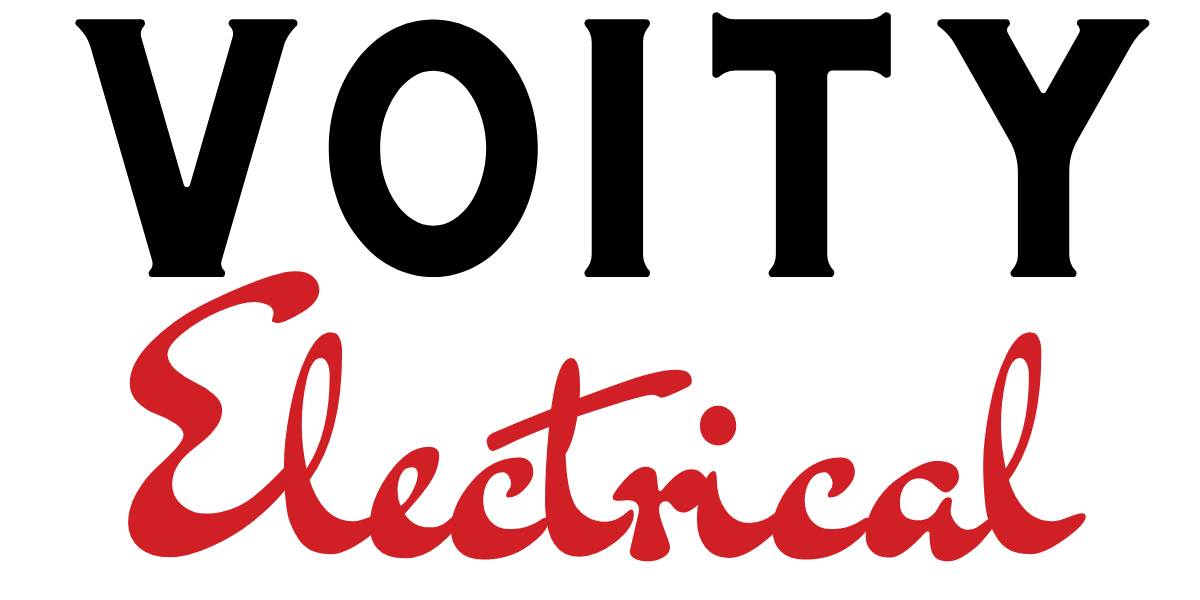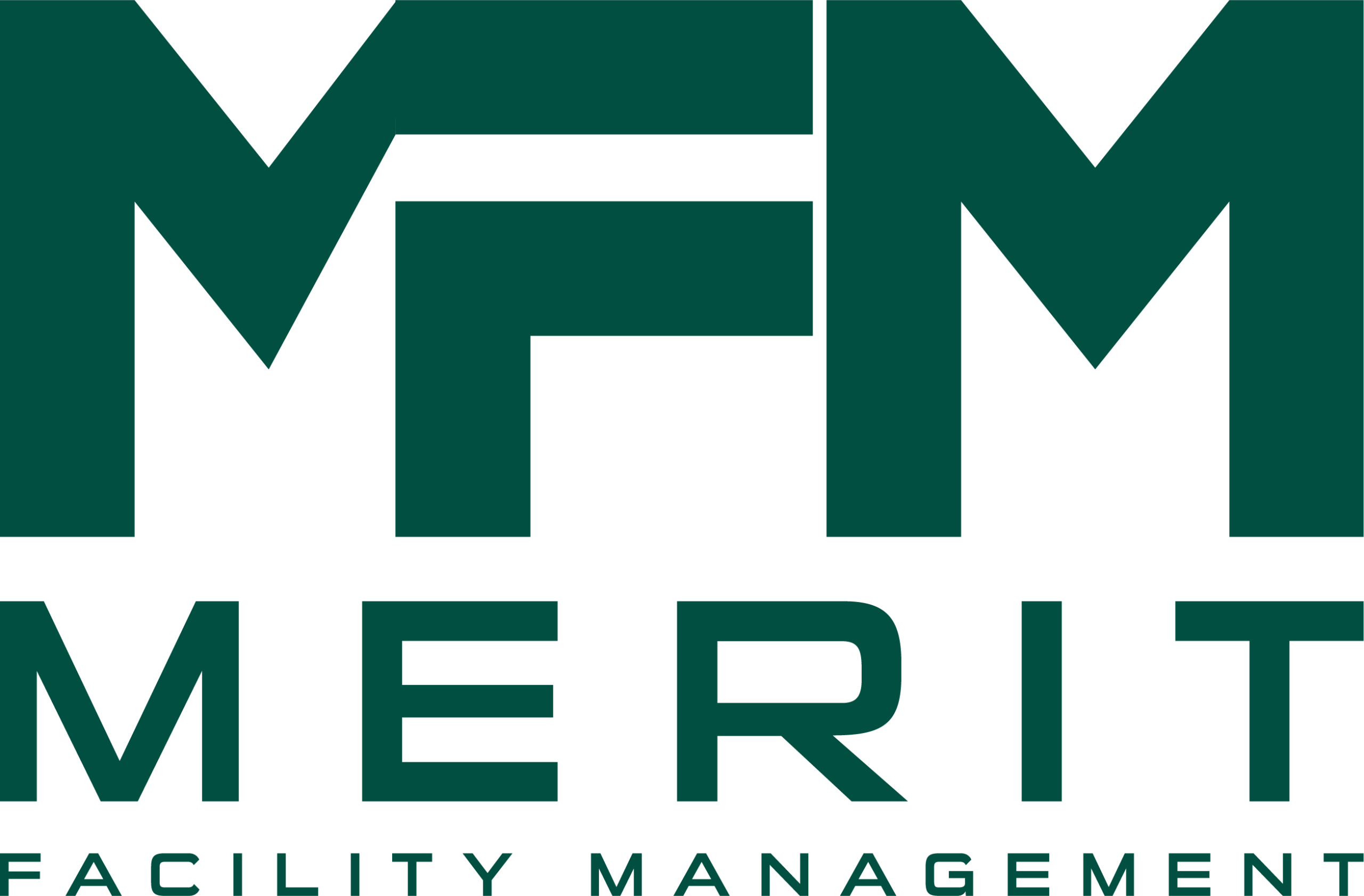It’s important to think about how you sell, and ensure that you have a clear and long-term strategy in place.This is why we’re talking about the best sales tips for building maintenance service pros!
Getting more customers, whether new or returning, will keep your company alive.
Managers and owners are going to tell you that “selling more” is their top goal.
When you’re just starting your building maintenance business, quick sales are great because you can easily build capital and then re-invest in the company to hire more people and get better tools.

The Importance of Sustainable Growth
However, once you’ve established yourself, built a solid team both in the field and in the office (wherever the office may be nowadays), and invested in management software (even if it’s just a simple one, no bells and whistles), sustainable growth becomes more of a priority.
Sustainable growth means striking a balance between acquiring new customers and earning repeat business. It also means finding a medium between large commercial buildings and smaller projects (e.g. shop chains).
Basically, make sure to never put all your eggs in one basket.
Imagine if 90% of your income came from maintaining hotel heating installations in your area. Diversifying is great, but you want to do it on your own terms rather than being forced by circumstances.
So, to make sure that’s never the case, let’s have a look at these 4 tips for sustainable building maintenance services business growth:
Four Tips to Achieve Sustainable Growth:
1. Figure out your unique selling point when starting a building maintenance company
A unique selling point (or USP) is pretty much Business 101. What is something that only you can offer customers? Most of the decision-makers who hire companies like yours for building maintenance services aren’t service experts themselves. Your unique selling point has to be relevant to them.
For example, whether or not you’ve invested in Honeywell Sensepoint gas detectors is irrelevant to a factory floor manager. Most likely, they have no clue whether that’s a good, bad, expensive, or cheap detector, and, let’s be frank, they probably don’t care.
What they want is assurance that the product does the job so that any potential gas leak will be detected and fixed swiftly with as little disturbance to their business as possible. One of the best tips for building maintenance selling is to state the benefits for the customer, rather than the attributes of your business.
Additionally, there’s one USP you’ll want to brag about: convenience. What every building manager wants to hear–whether they oversee factories, hotels, offices, etc.–is that your company can ensure there will be as few headaches for them as possible.
From offering them an automated booking portal where they can arrange appointments without phone calls and back-and-forth emails, to professional digital quotes for non-contracted work, and finally smooth consolidated invoicing, this USP will put you way ahead of any competitor.
At the end of the day, every customer, big or small, residential or commercial, wants the best for themselves. So, whenever you approach a new customer or bid for a maintenance contract, ask yourself: What is that person’s biggest headache? Your goal is to show how you can make it go away.
2. Create frictionless customer journeys
It’s one thing to say you understand your customers. However, it’s another to prove it, especially when diversifying services means catering to diverse needs. Yet, all customers share a common desire: a frictionless journey.
A customer journey encompasses every interaction, from booking to payment, culminating in their overall experience. Your goal is positive experiences that drive repeat business. However, only the customer truly dictates if their experience was positive, regardless of the job’s outcome.
For instance, you might meet contract terms, but a customer could still be unhappy if you delayed appointments, going against the spirit of the agreement.
A great tip for contractors is to use a customer journey map. This tool helps you demonstrate to potential clients—in proposals or meetings—that you understand every phase they experience. More than that, you can show your commitment to making their job easier and uninterrupted.
Imagine the impact of telling a building manager you understand the hassle of managing hundreds of small invoices. This is why you’ve invested in tools for consolidated invoicing.
Now, customers receive a single invoice with all details. This saves them significant time and stress compared to processing numerous individual ones. Being understood, especially on such practical details, resonates deeply with customers.
3. Offer multiple service plans when maintenance selling
Another sales strategy that comes down more to customer psychology is thinking of ways to make them feel in control of the process. Just like allowing managers to book their own appointments or pay their invoices online, offering multiple options when you’re tendering for contracts allows the decision makers to feel like, well, they’re making a decision.
The opposite situation is serving them with a cold hard number and calling it a day.
In business terms, this is a classic “good-better-best” or GBB pricing strategy. Alfred Sloane used it to differentiate Buicks and Chevrolets from Oldsmobiles and Cadillacs, AmEx uses it to sell gold, platinum, and black credit cards with different benefits.
You can use it to package your services so customers feel in control. They will be able to tell why one option is better than the other. Enabling them to make comparisons when maintenance selling will actually help you to sell more.
After all, you wouldn’t know if Coca-Cola was in indeed the best Coke without the Cherry or Vanilla versions. And at the end of the day, regardless of the service plan they choose, they’re still doing business with you, so it’s a win no matter what.
Rafi Mohammed excellently highlights the potential for high profits in his Harvard Business Review article:
“Companies can dramatically lift margins by creating a high-end Best version that persuades existing customers to spend more or attracts a new cohort of high spenders.
In my work with companies, managers consistently underestimate customers’ willingness to spend and the number of customers who might upgrade to Best, even at prices that were previously unthinkable.
Across a range of industries, it’s not unusual to observe up to 40% of sales landing on the Best option.”
4. Help customers visualize your service plans
Creating service plans basically comes down to having multiple quotes on hand and a way of presenting them so that the customer can clearly see the benefits and associated costs.
The easiest way to do it is either with a dedicated quoting software like PandaDoc, or, if your software has one, the built-in quoting feature. Ideally, this feature would make use of your inventory data as well as technician rates and shifts in order to account for out-of-hours work or more specialized jobs.
Designing an amazing quote should be a top priority when you’re maintenance selling. All your competitors will send in a proposal that includes a quote, and it’s likely that certain aspects of the document look very similar company to company.
To stand out, it is of vital importance that your design is optimized.
In short, your estimate should be:
- Branded
- Distinctive from competitors’
- Something people actually want to look at
Next, let’s talk about color – another one of our tips for building maintenance service that doesn’t get nearly enough attention.
The difference between a color document and black and white is more significant than you may think.
In fact, people’s desire to read content increases by 80% when there are colored visuals. Adding a color enhances the design, making it more visually interesting. With work order management software, you should be able to decide which color accents your estimate.
Software should also give you a spot to add photos at the footer of your document. This is helpful if you want to show the faces of the business or any relevant licenses. Beyond that, it can add a pop of color!
The good news is, once you have a template set up, you’re able to go ahead and use it for as many jobs as you wish. You can make templates for all the services or types of jobs you offer.
Optimizing Your Sales Journey with Commusoft
Understanding your customer is key, especially with diverse client needs and high standards in building maintenance. Every customer seeks a frictionless journey – positive interactions from start to finish. Commusoft’s dedicated sales product empowers you to deliver this, enhancing your bids and client relationships.
How Commusoft strengthens your sales process:
- Professional Digital Proposals: Create sleek, comprehensive proposals with a drag-and-drop builder, including options, add-ons, and real-time pricing. This professional approach helps provide consolidated invoicing, saving clients time and stress.
- Proactive Maintenance (PPM) & SLA Compliance: Showcase detailed PPM scheduling and real-time SLA monitoring to demonstrate precision and commitment, crucial for discerning clients.
- Streamlined Communications: Manage your sales pipeline efficiently, schedule follow-ups, and automate communication sequences. This ensures seamless interactions and keeps you on top of every opportunity.
- Customer-Centric Proposal Portal: Allow clients to easily view, accept, and even make initial payments through a dedicated online portal, aligning with their desire for convenience and a smooth experience.
By leveraging Commusoft, you’ll optimize communications and present a compelling case, increasing your chances of winning and successfully managing valuable building maintenance service contracts.
More tips for building your maintenance service business
The more interconnected devices take over both professional and personal lives, the more property managers will expect maintenance contractors to use these tools and provide a smooth, digital experience in addition to high-quality service. The trend will follow the disruptive effect that companies like Uber had on the taxi industry, where the experience is worth more than the product.
At the end of the day, Uber did not come up with anything new–taxis have been around for centuries–but they did revolutionize the experience to make it as easy as possible for the customers.
It’s important that you create a building maintenance business plan that follows suit.
After all, if you want to sell more, you’ll need to stand out from the competition.
Focus on your unique maintenance selling points, industry knowledge, and prioritize creating a seamless sales process for customers. If you’re able to achieve this trifecta, winning business will become exponentially easier…

Cristina Maria
I'm here to bring you next-level strategies to the field service industry. When I'm not working on the best tips to grow your business, I'm on the lookout for sci-fi novels and cookie recipes.









